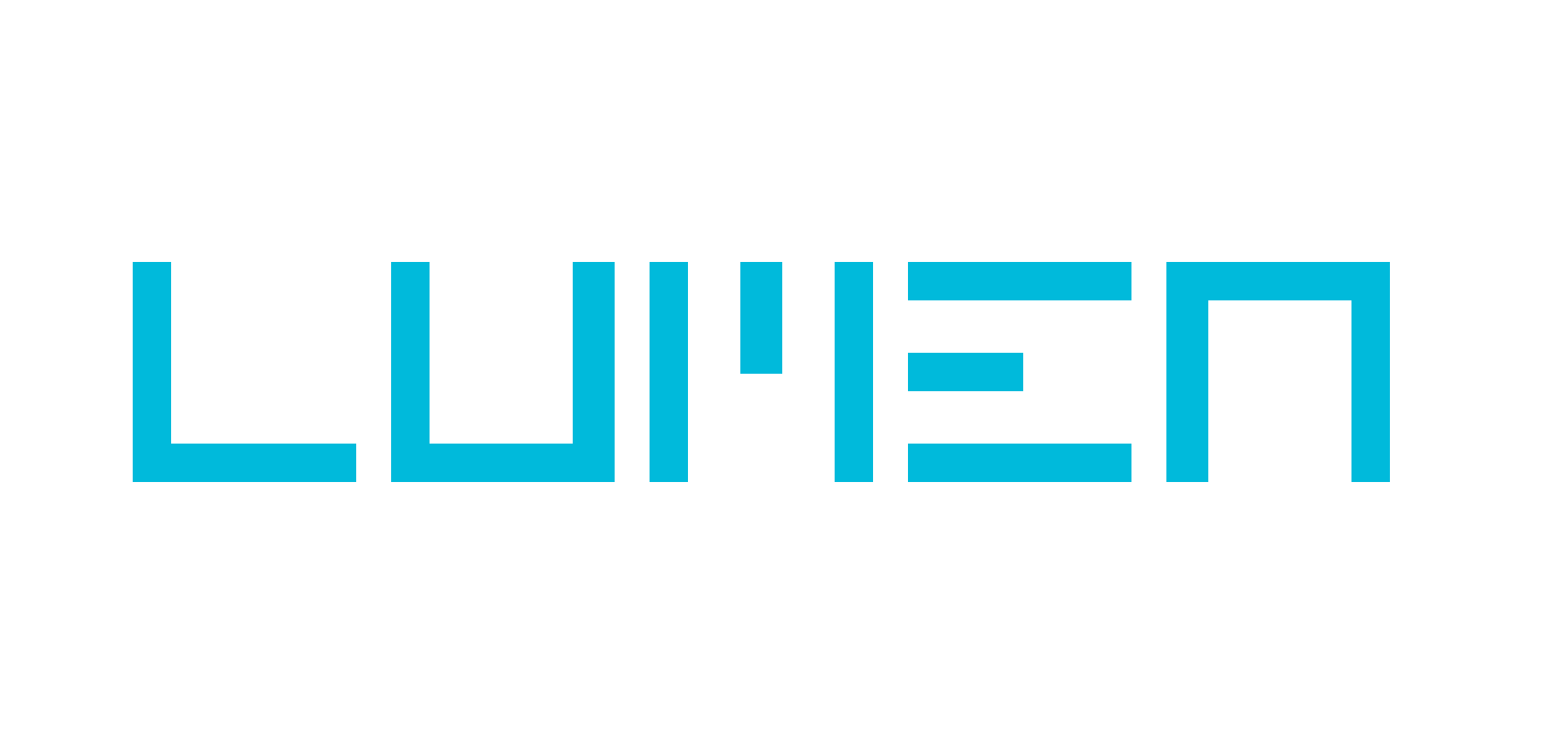00.00
Slower media, richer results

Lumen spoke at Magnetic’s Spark 21 conference this week about some recent research conducted into the attention ads on magazine websites receive.
It will come as no surprise to many that the attentional performance of ads on mags is higher than the norm. In the tests we ran, ads on mags are slightly more likely to be noticed at all, and significantly more likely to be looked at for longer, than equivalent ads on comparable publisher sites and social sites. You can see the presentation from Anna Sampson of Magnetic and Mike Follett of Lumen here.
What’s interesting is why ads on mags do so well.
From our research, it seems that it’s all about time: the more slowly people consume the site, the more time the ads have to get noticed and work their magic, and the more attention they receive. More attention means more recall, and more intent to purchase.
Magazines are full of interesting content that people take their time over, rather than superficial nonsense that people scroll quickly past. The slower people scroll the articles, the more time the accompanying ads have to get noticed and engaged with. Quick thinking media planners will realise they should be looking for ‘slow media’.
But what’s stopping these media planners from targeting slower, richer, more expensive, but ultimately better value media opportunities? One interesting angle was put forward by Mike Florence of PHD in the panel discussion after our presentation.
Mike Florence’s view was that it was all about contracts. Too many media contracts are based on buying cheap media rather than effective media. Auditors are incentivised to reward agencies who push CPMs down, and punish agencies who pay over the odds for quality. It’s a thought amplified by Brian Jacobs in a recent blogpost.
His answer was alignment: getting clients, agencies and auditors to agree on the true objectives of a campaign. If your campaign requires large amounts of high quality attention to succeed, then that’s what you need to buy. If it just needs a passing glance to get the job done, then your attention strategy can be different. Aligning on the right attention strategy helps you value your media options appropriately.
The good news is that it looks like on the best campaigns, advertisers, agencies and auditors are already pointing in the right direction. The guys at Ebiquity have been talking about attention metrics for some time now, and it looks like others may be following suit.
It’s about time.
00.00









